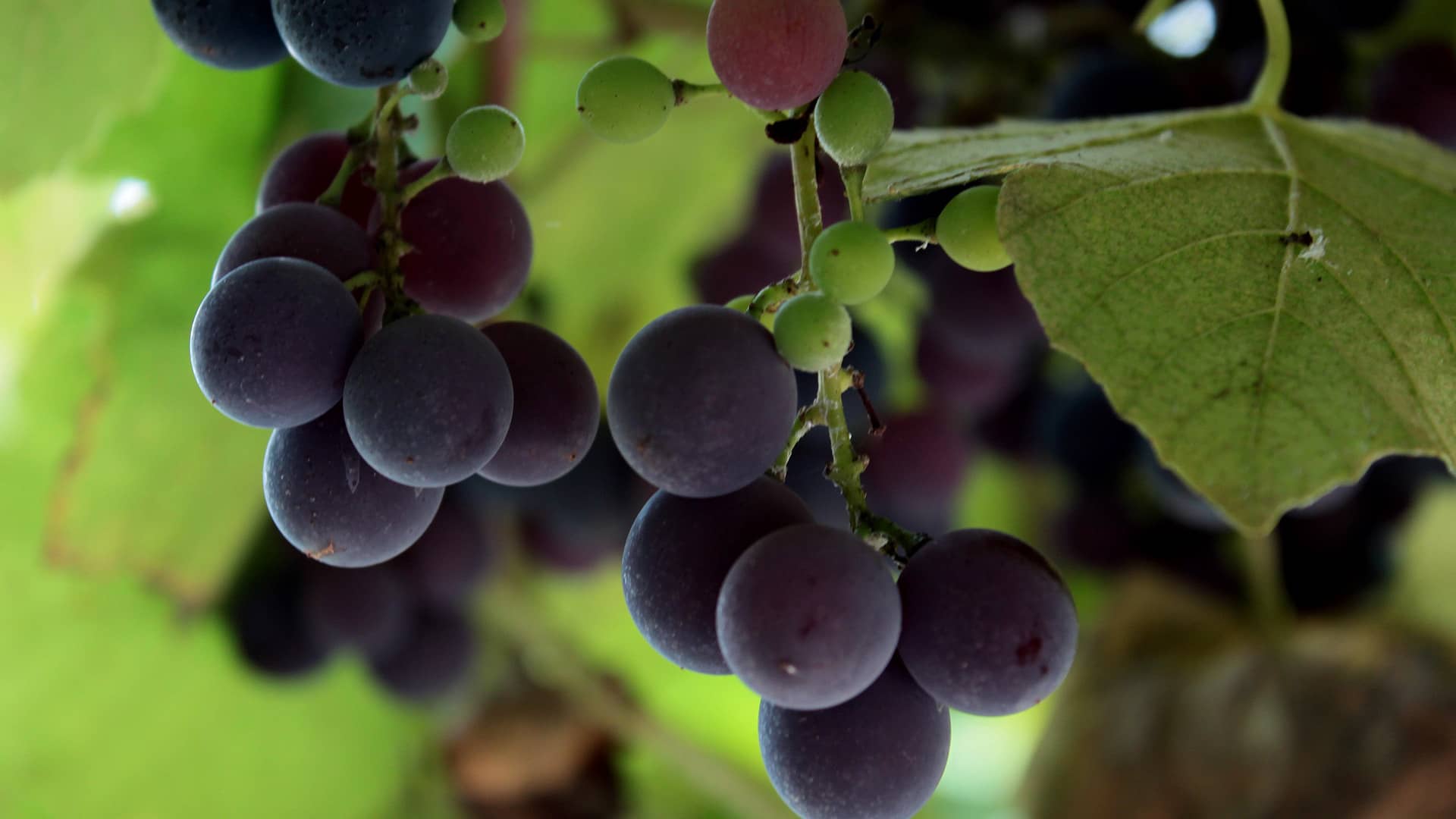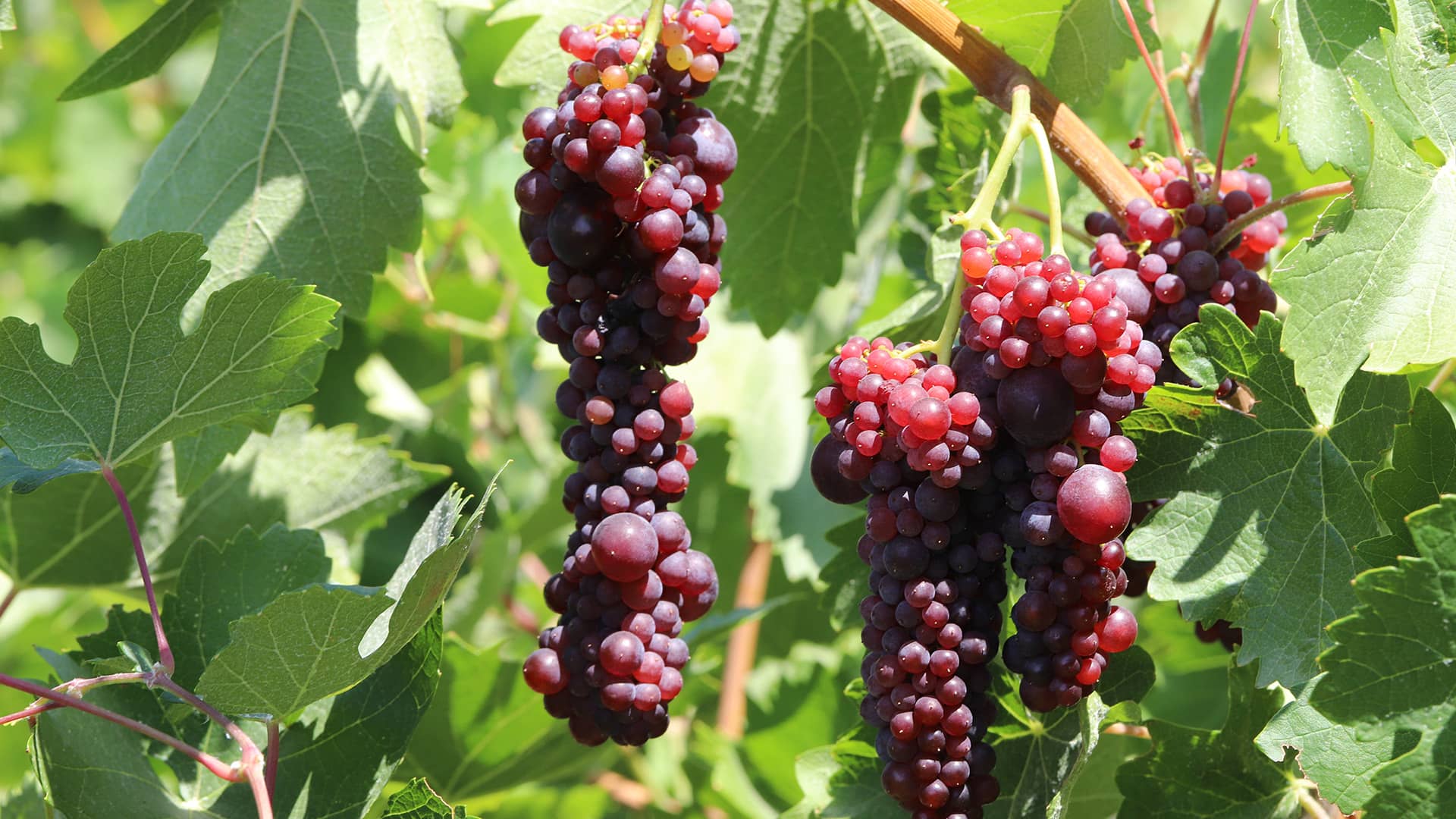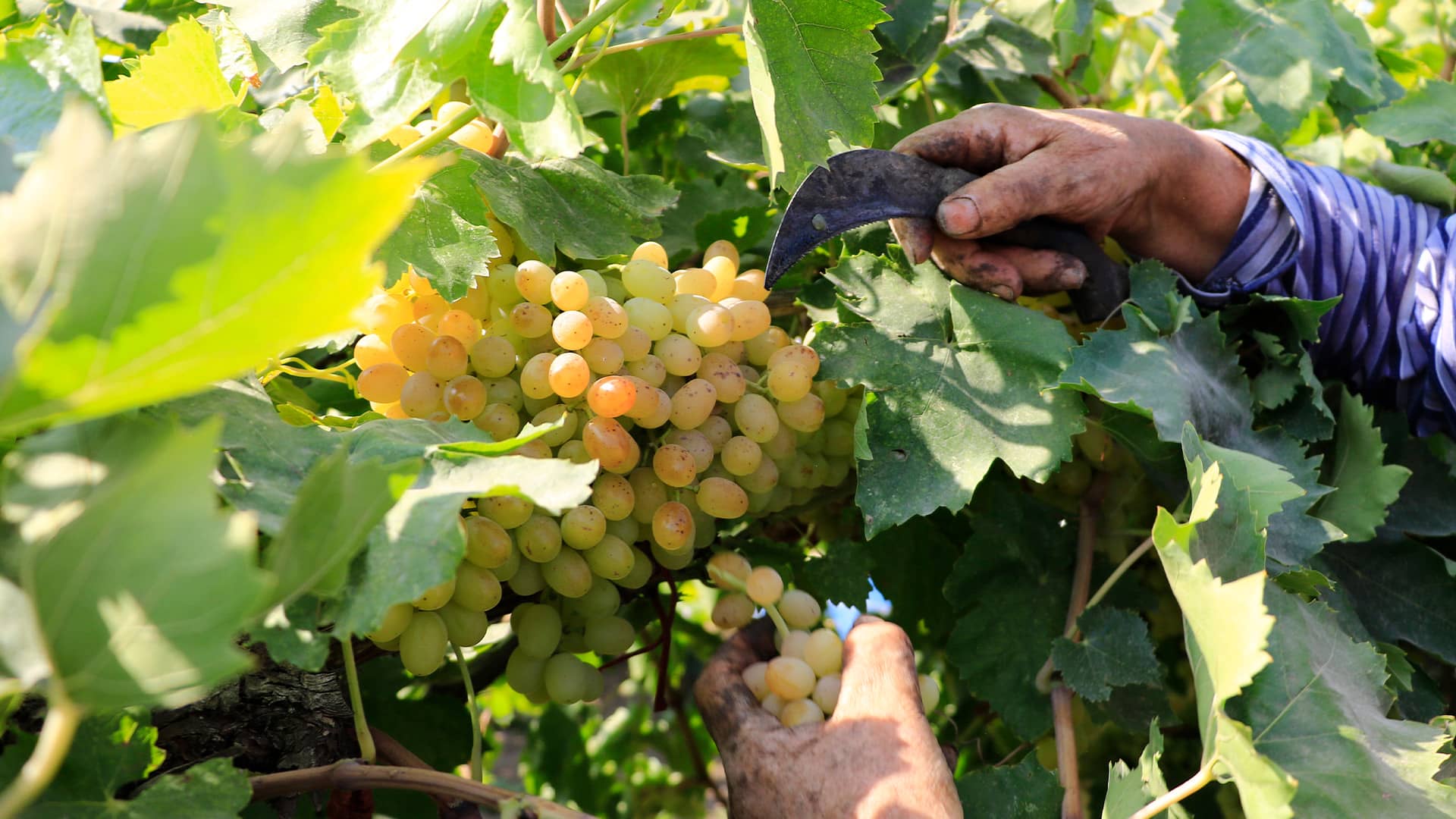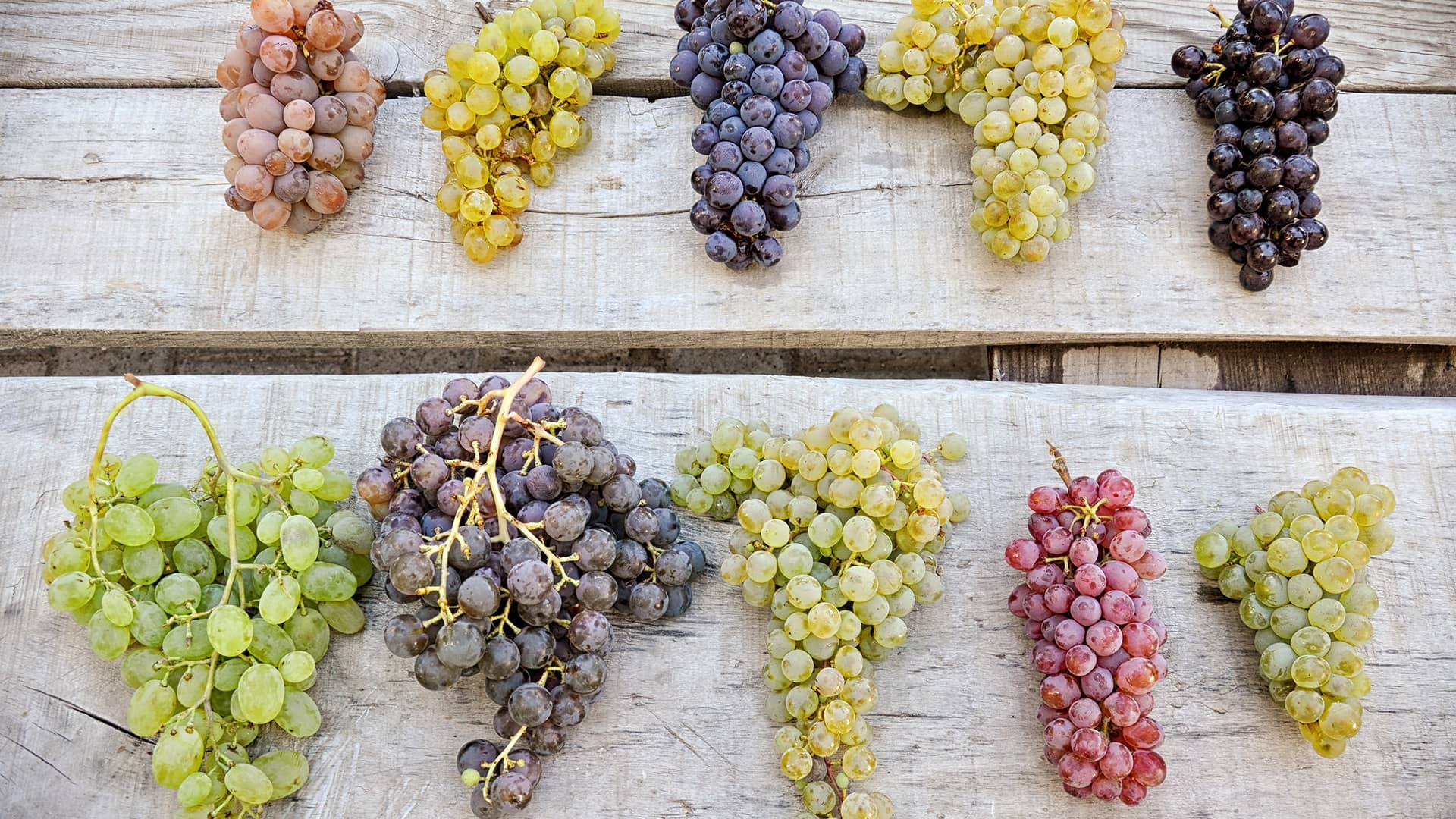

experiences
Vineyards of Anatolia
Rhapsody of Grapes
Türkiye has long been considered the homeland of viticulture and the earliest grape culture in the world. Archaeological evidence shows that the domestication of grape seeds and viticulture began in Northeastern Anatolia between 5000 and 8500 BC. With up to 1,000 grape varieties, Türkiye ranks fourth in the world among countries producing grapes for viticulture.
The wide range of climates and seasonal variations mean that Türkiye’s large agricultural area is ideal for growing grapes. Vineyard Estates are spread throughout Türkiye. Turkish wines served with local delicacies throughout the country, and of course, along the various viticulture routes, there is the opportunity to explore and taste the food pairing, especially with local cheese!
The best time to tour one of Türkiye’s exceptional viticulture routes is between April ‘Bud Breaking’ and early October ‘Harvest Time’. Some even offer their guests the chance to help with the grape harvest.
Today, Türkiye is a major player in global grape production with numerous indigenous grape varieties. And five major varieties dominate; Boğazkere, Emir, Kalecik Karası, Narince and Öküzgözü. Eastern Anatolia, Cappadocia and the Aegean regions have the highest production in the country.
Aegean
Bozcaada, a stunning island in the Aegean Sea, is a national treasure and home to a 3,000-year-old heritage of viticulture. With its warm climate and northern winds, it is the perfect place for viticulture to thrive.
Urla lies between Çeşme and İzmir on a peninsula of moist, rich soil surrounded by the sparkling blue Aegean Sea. With a 6,000-year-old history of viticulture, Urla is now merited with the growth of international.
Urla is home to some of the most stunning vineyards in Türkiye. Visitors to the Urla Vineyard Route can enjoy delicious and award-winning produce at chateau-style establishments, stay in boutique accommodation, visit gourmet restaurants, and explore the beautiful green countryside.
In between routes and stops, there is of course the chance to view Dionysus’ Temple, an important landmark of mythology, located in the ancient city of Teos in İzmir, commonly known as the God of Inspiration, and the God of Wine.
Thrace
Thrace is a grape-growing region along the Sea of Marmara, known for its balanced and crisp produce. Visitors can experience boutique wine producers in four main areas: Kırklareli, Tekirdağ, Şarköy, and Gelibolu.
The route passes through mountains, forests, and different microclimates, surrounded by three seas: the Sea of Marmara, the Aegean Sea, and the Black Sea. It is a truly beautiful route and visitors should book early as it is becoming increasingly popular.
Cappadocia
Cappadocia has a rich viticulture tradition and is famous for its white wine speciality made from the local Emir grape. The natural volcanic rock structures of Cappadocia are breathtaking in and of themselves and tasting the local wine with a view of the magical fairy chimneys is an unforgettable experience.
Cappadocia is home to four local viticulture sites; the largest and oldest since 1943 and produces 25 varieties, whilst the smallest which still produces incredibly 300,000 litres annually.
Mesopotamia
Today, Türkiye is a major player in global grape production with numerous indigenous grape varieties. Ankara is known for Kalecik Karası and Tokat is famous for Narince. Furthermore, from the red wave of Malatya, Elaziğ and Diyarbakır, the region benefits from the historical heritage from the Hattis and Hittites. Meanwhile, a little further, the Midyat and Mardin varieties are famed for their millennia-old viticulture history in Eastern and Southeastern Türkiye.
So, what are you waiting for? If you are a connoisseur, or an amateur enthusiast, or simply want to immerse yourself in the wonderment of wine production and of course tasting, the splendid variety across all these regions offers an intimate experience of appreciation.




